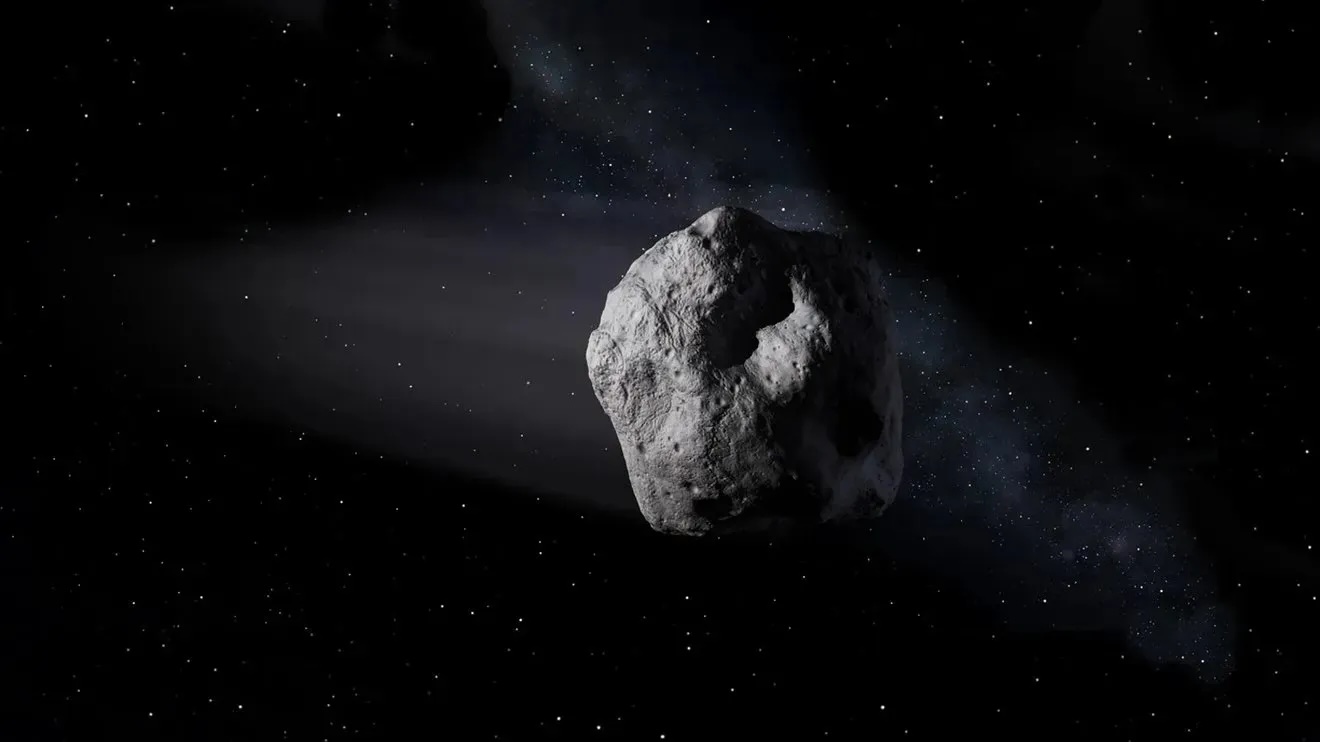When you purchase through links on our site , we may earn an affiliate commission . Here ’s how it works .
A man who lived in the Lower Pecos Canyonlands of Texas sometime between 1,000 and 1,400 years ago may have died from a horrible case of irregularity , according to a bailiwick of his mummified corpse .
And during the painful months just prior to his last , he eat mainly grasshoppers , the discipline researchers found .

The man lived in the Lower Pecos Canyonlands of Texas, pictured here, sometime between 1,400 and 1,000 years ago. The arid area where he was buried caused his body to become naturally mummified.
seemingly , Chagas disease , which is due to a leech calledTrypanosoma cruzi , had blocked up the man’sgastrointestinal organisation . That blockage induce his Costa Rican colon to swell to about six times its normal size — a condition called " megacolon . " The man was unable to digest foods the right way and gradually became malnourished , scientists found . The shape would have made it difficult for the man to walk or even eat on his own . The investigator think that in the last two to three months of his life — either fellowship or phallus of his community of interests — helped the man eat by feed in him grasshoppers whose legs had been removed .
pertain : In photos : A face inside an Egyptian mummy
" So they were give him mostly the fluid - rich consistency — the squishable part of the hopper , " Karl Reinhard , prof in the School of Natural Resources at the University of Nebraska – Lincoln , said in a statementfrom the university . " In addition to being high in protein , it was reasonably high-pitched in moisture . So it would have been easier for him to eat in the other stages of his megacolon experience . "

A man call Guy Skiles found the remains — which had been naturally preserve andmummifiedby the desiccate condition — in 1937 in a rockshelter near the junction of the Rio Grande and Pecos Rivers in South Texas . It was kept in a small individual museum until 1968 when it was loan to the Institute of Texan Cultures . Scientific body of work was done on the mummy in the 1970s and 1980s ; and in 1986 , a squad of scientist described the mom in an article published in the journal Plains Anthropologist .
More late , studies with more modern technologies have open a dark windowpane into this man ’s last months onEarth . For instance , in 2003 , Reinhard ’s team account in the diary Memórias do Instituto Oswaldo Cruz that they had found 2.6 pounds ( 1,170 grams ) of faecal matter inside the mummy along with a immense amount of food stay that his eubstance never work on . These determination , along with the size of his colon , lead the researchers to reason out that he was gravely constipate and suffered malnourishment as his body could n’t properly process food .
In the new study , Reinhard and his colleagues reanalyzed the mummy ’s remains using a scanning electron microscope . That newfangled scan divulge that his diet consisted mostly of grasshoppers in his final month .

The researchers also found evidence in the man ’s Aspinwall of plant remains call phytoliths that showed just how " backed up " the gentleman would have been . Teensy structures in plant tissue , phytoliths generally survive , unharmed , the adventurous trek through a person’sdigestive organisation . That was n’t the case for this serviceman .
— photo : The awing ma of Peru and Egypt
— Photos : Ancient Egyptian burial ground with 1 million mummies

— In photos : ' Cachette of the priest ' discover in Luxor
" The phytoliths were split open , crush . And that means there was incredible imperativeness that was exerted on a microscopic level in this guy wire ’s intestinal organization , which highlights even more the pathology that was exhibited here , " Reinhard said in the statement . " I think this is unique in the chronological record of pathology — this level of enteric blockage and the press that ’s link up with it . "
The grasshopper dieting discovery will be published in a chapter of a extroverted Quran " The Handbook of Mummy Studies " ( Springer , 2021 ) . The chapter will also write studies of two other mummies who received special caution at the end of their lives . These include a 5- to 6 - twelvemonth - one-time child who died between 500 and 1,000 year ago in Arizona who was feed fruit from the saguaro cactus in the last workweek of their life .

Originally published on Live Science .














